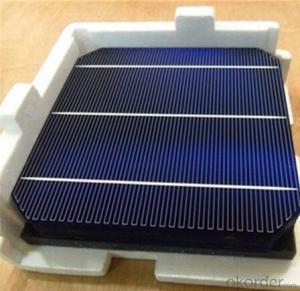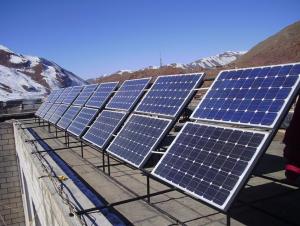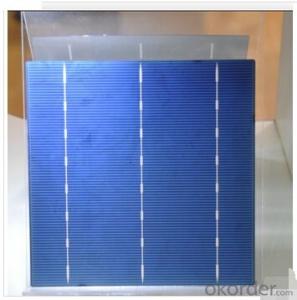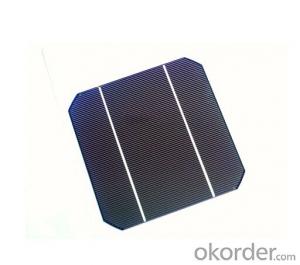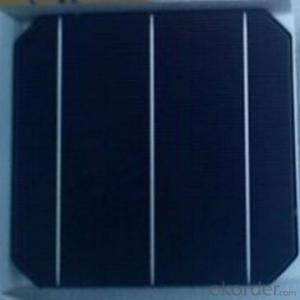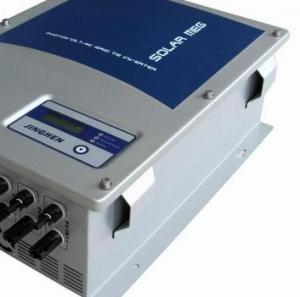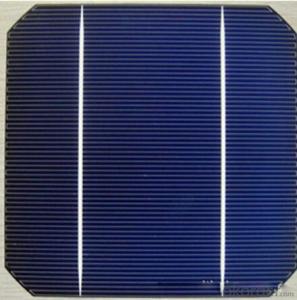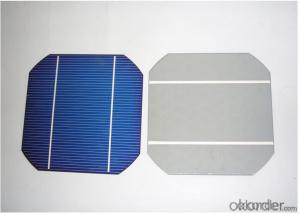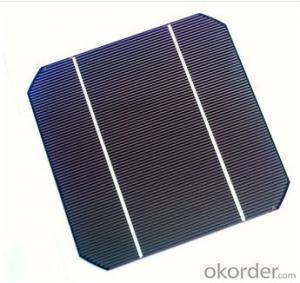Highest Efficiency Solar Cells
Highest Efficiency Solar Cells Related Searches
Raw Material For Solar Cells Roof Shingles With Solar Cells High Quality Solar Cells Light Trapping In Solar Cells High Performance Solar Cells High Output Solar Cells Best Solar Cells In The World Buy Solar Cells In Bulk Encapsulant In Solar Cells Low Light Solar CellsHot Searches
Cheap Solar Cells For Sale Flexible Solar Cells For Sale Printed Solar Cells For Sale Bulk Solar Cells For Sale 6x6 Solar Cells For Sale Broken Solar Cells For Sale Cpv Solar Cells For Sale Price Of Silicon Solar Cells Price Of Solar Cells Over Time Buy Solar Cells From China Cheap Solar Cells China Best Type Of Solar Cells Flexible Solar Cells Price 3 Types Of Solar Cells Production Of Solar Cells Common Types Of Solar Cells Q Cells Solar Panel Prices Home Depot Solar Cells N-Type Solar Cells Buy Solar Cells WholesaleHighest Efficiency Solar Cells Supplier & Manufacturer from China
Okorder.com is a professional Highest Efficiency Solar Cells supplier & manufacturer, offers integrated one-stop services including real-time quoting and online cargo tracking. We are funded by CNBM Group, a Fortune 500 enterprise and the largest Highest Efficiency Solar Cells firm in China.Hot Products
FAQ
- Solar cells contribute to reducing carbon emissions by converting sunlight directly into electricity without producing any greenhouse gases. This renewable energy source allows us to generate clean electricity, replacing the need for fossil fuel-based power generation that emits significant amounts of carbon dioxide and other pollutants. By adopting solar cells, we can reduce our dependence on fossil fuels and mitigate the harmful effects of carbon emissions on the environment and climate change.
- Solar cells handle power fluctuations through a process called maximum power point tracking (MPPT), which optimizes the output power of the cell. MPPT algorithms continuously monitor the voltage and current of the solar cell and adjust the load resistance to ensure that the cell operates at its maximum power point, even in the presence of fluctuations in solar irradiance or temperature. This allows solar cells to efficiently convert sunlight into electricity and adapt to changing environmental conditions.
- Are there any library or exhibition halls where I can show students at school how the solar cells works?
- I chose to go to the library with my students, where they can learn a lot from the books.
- Solar cells can be adversely affected by high levels of water pollution. Water pollution can reduce the efficiency of solar cells by blocking sunlight and reducing the amount of light that reaches the surface of the cells. Additionally, pollutants in the water can corrode the surfaces of solar cells and damage their components, leading to a decrease in performance and lifespan. Therefore, in areas with high levels of water pollution, solar cells may not perform optimally and require more frequent maintenance and cleaning to ensure their effectiveness.
- The history of solar cells
- Was first applied to cardiac pacemakers. As the lithium battery self-discharge rate is very low, the discharge voltage is gentle. Making the pacemaker implanted in the human body as long as possible. Lithium batteries are generally higher than the nominal voltage of 3.0 volts, more suitable for integrated circuit power. Manganese dioxide batteries, widely used in computers, calculators
- Solar cells generally perform well in areas with high levels of vibration. The cells are designed to be sturdy and resistant to vibrations, ensuring their longevity and efficiency. However, it is essential to ensure proper installation and maintenance to minimize any potential damage or displacement caused by excessive vibrations.
- Solar cells convert sunlight into electricity through the photovoltaic effect. When sunlight hits the solar cell, it excites the electrons in the cell's semiconductor material, causing them to flow as an electric current. This flow of electrons is then captured and harnessed as usable electricity.
- Yes, solar cells can be used to power wireless communication networks. Solar cells convert sunlight into electricity, which can be used to power various devices including wireless communication equipment. This is particularly useful in remote areas or during power outages, where solar energy can provide a sustainable and reliable source of power for wireless communication networks.












